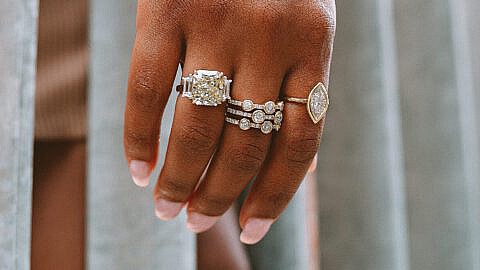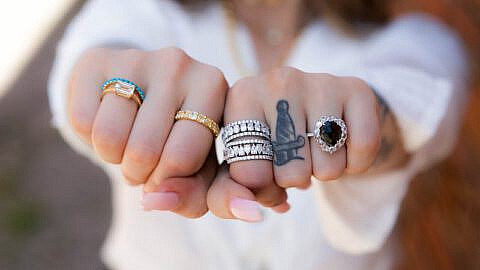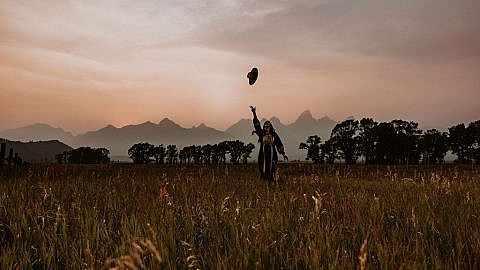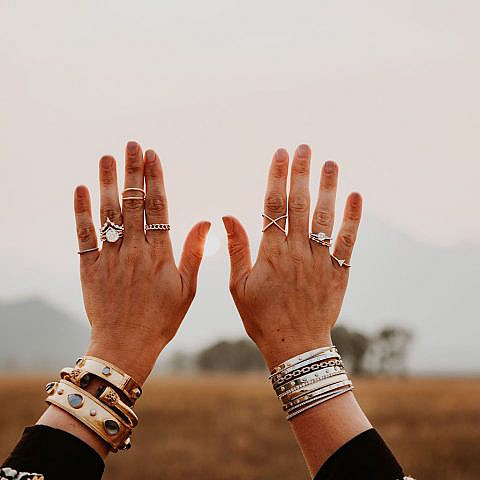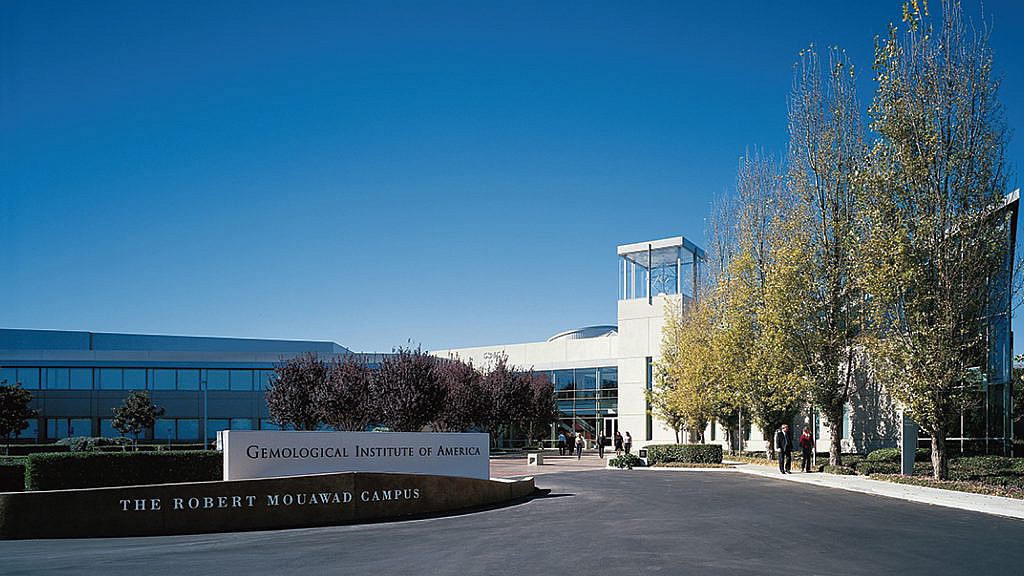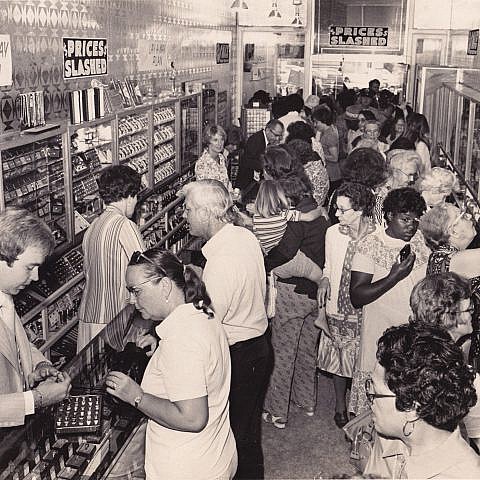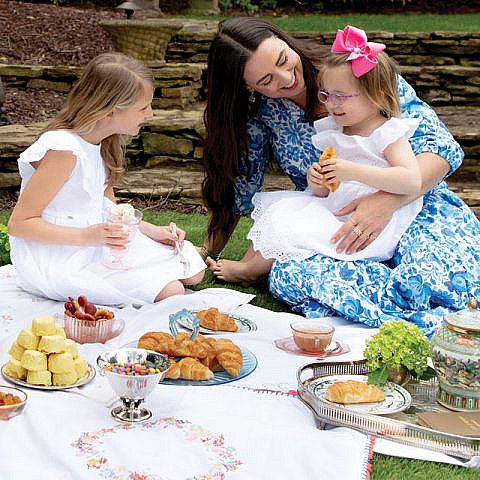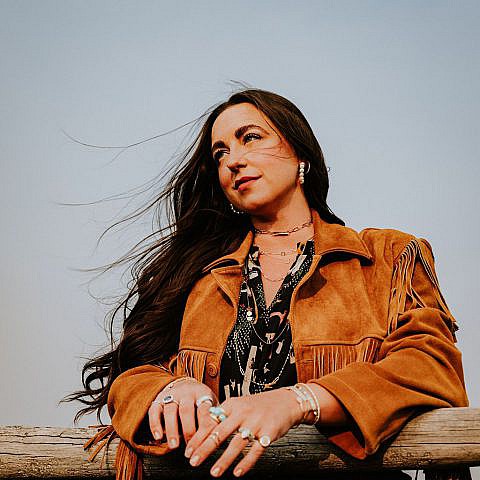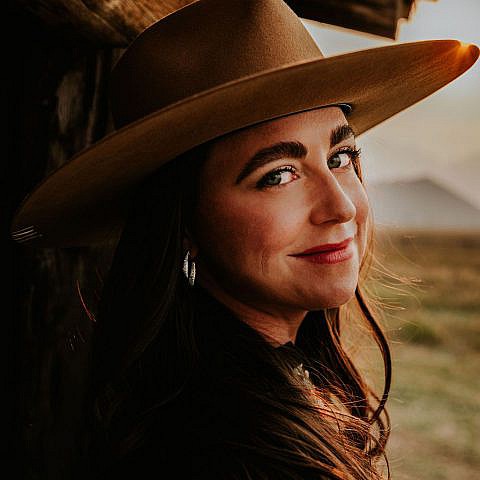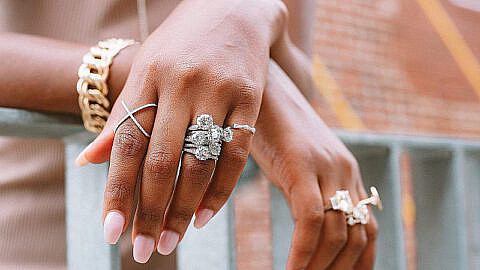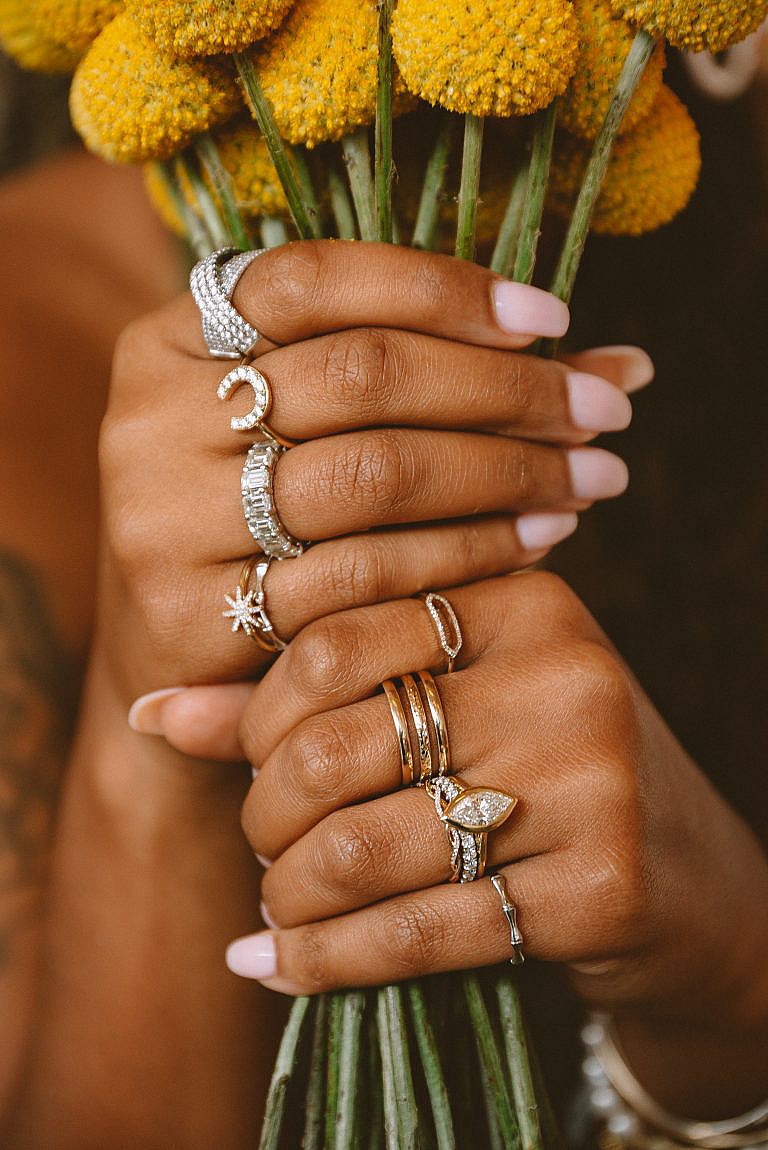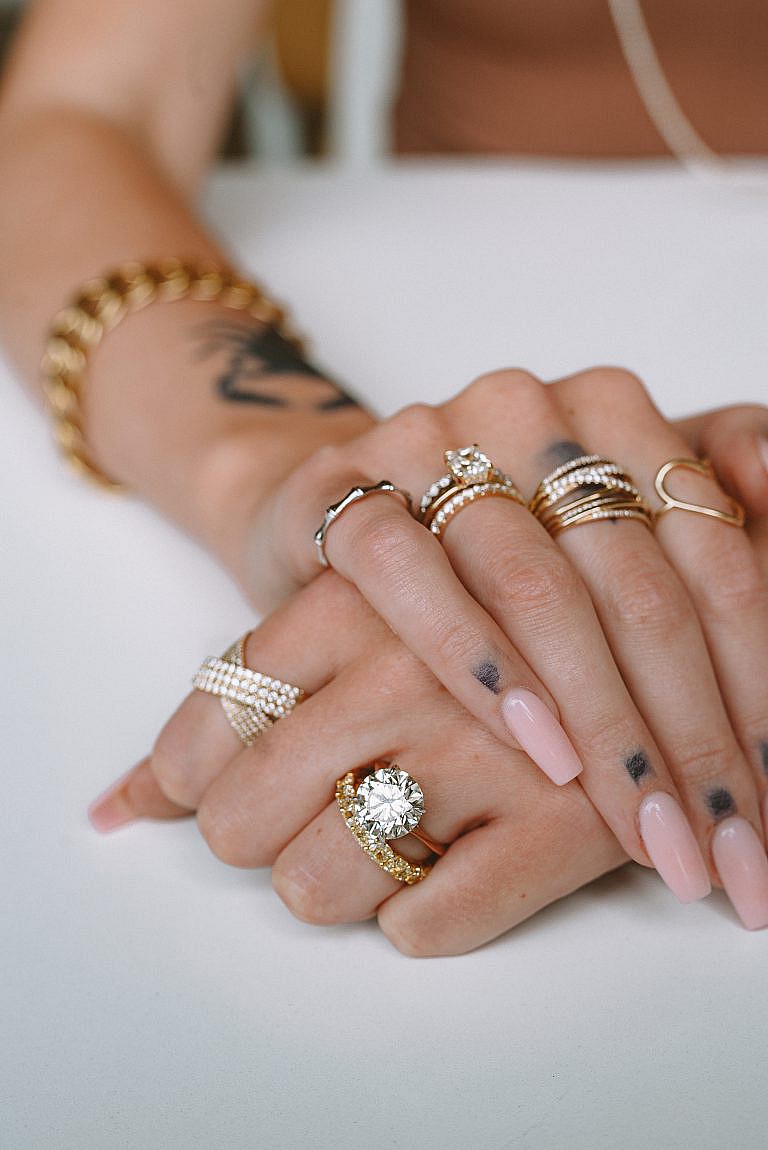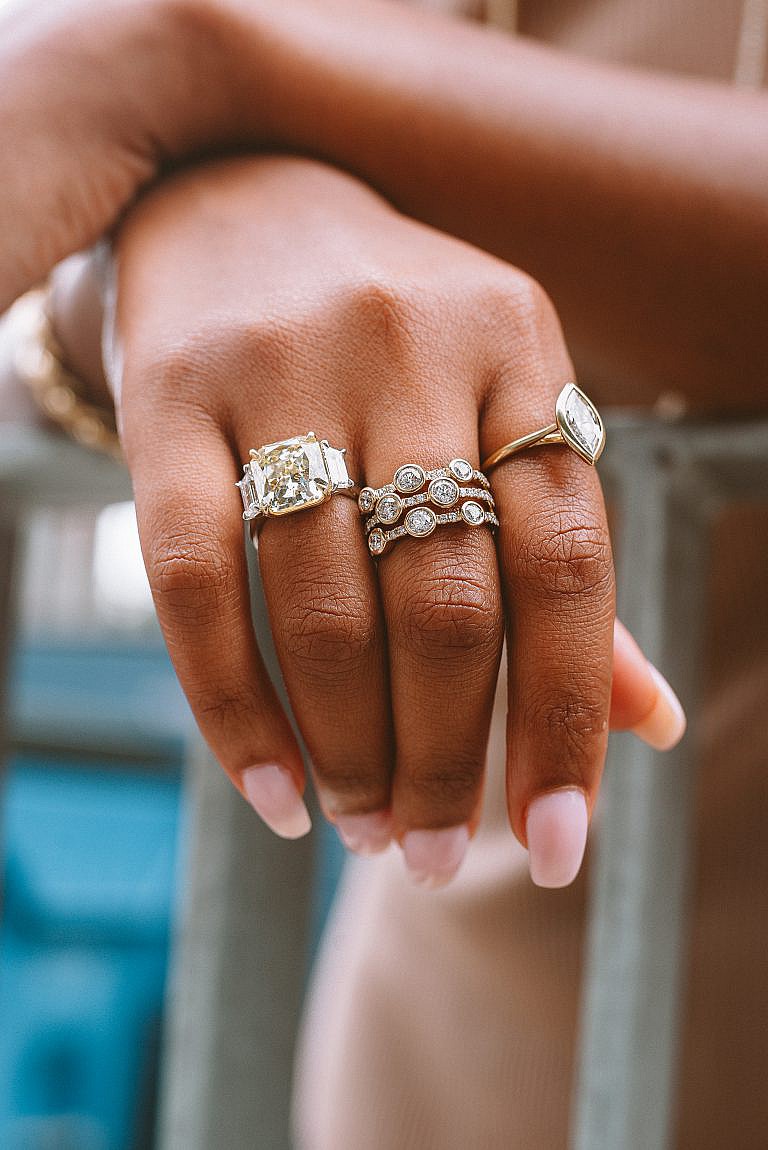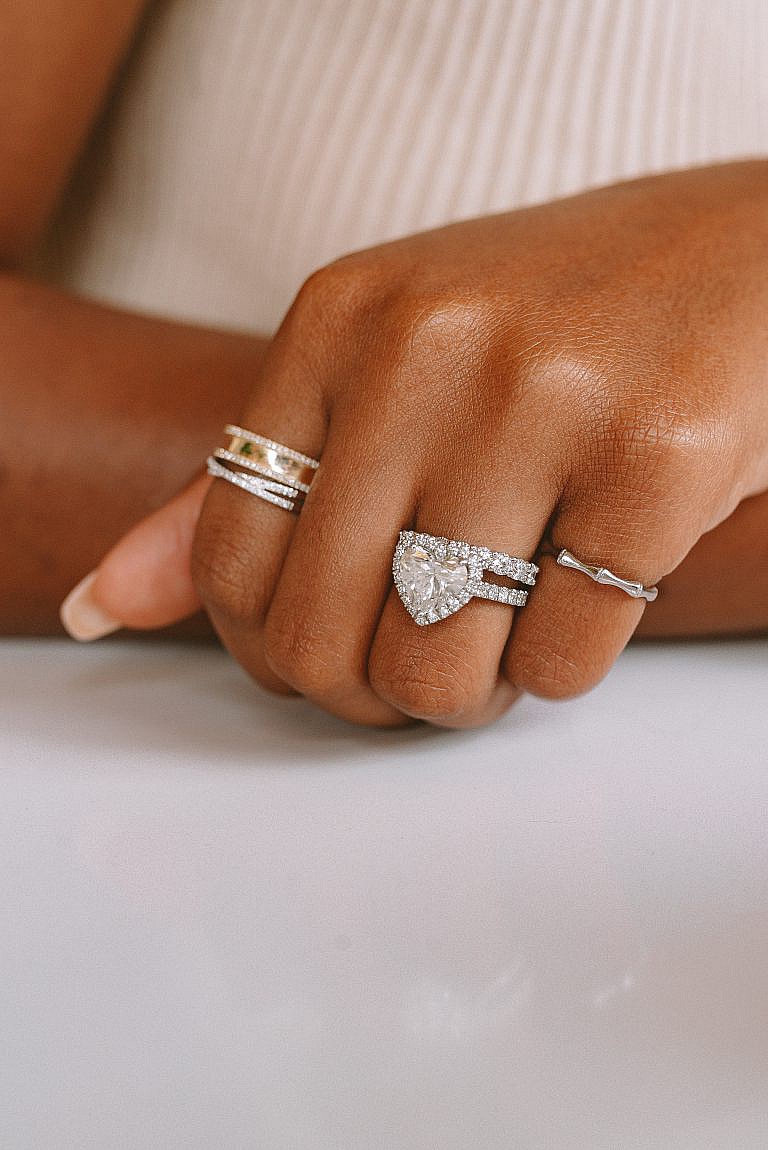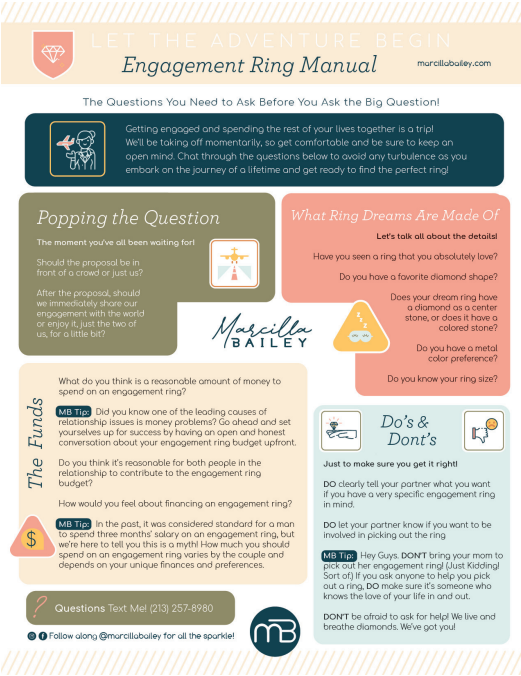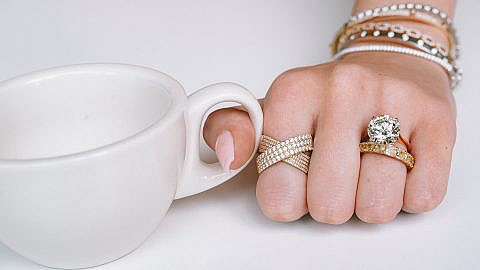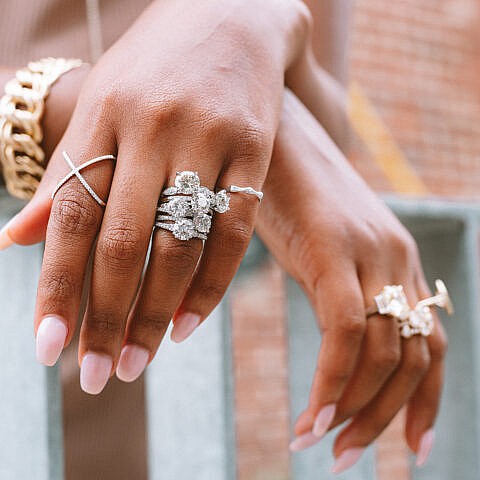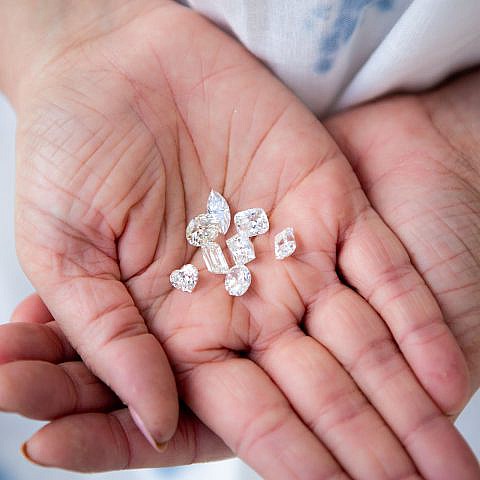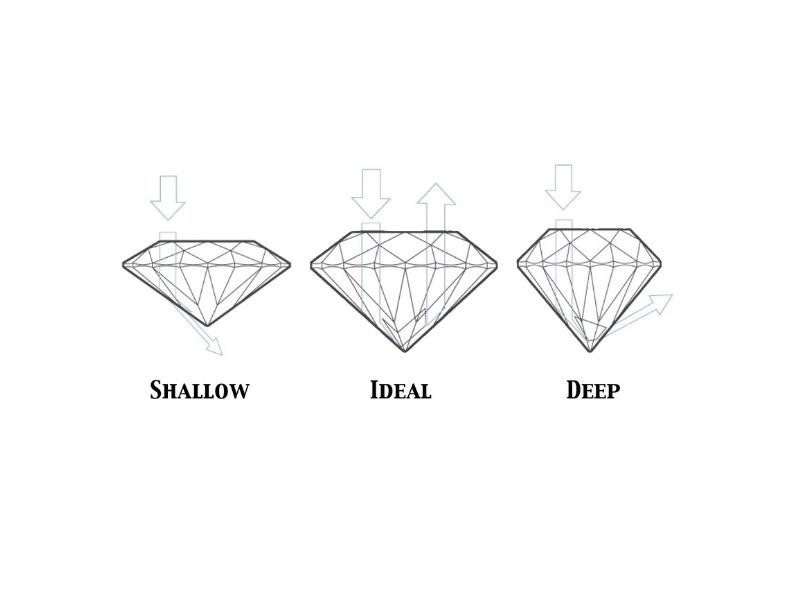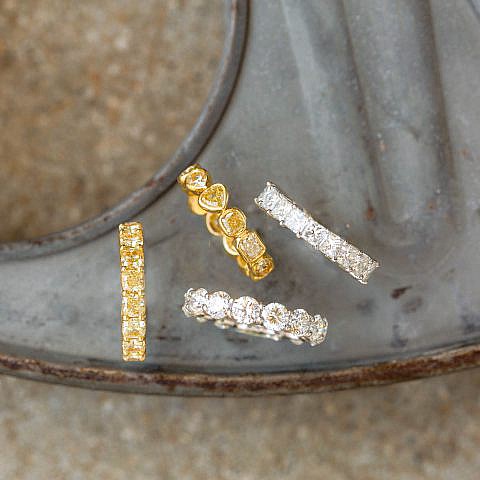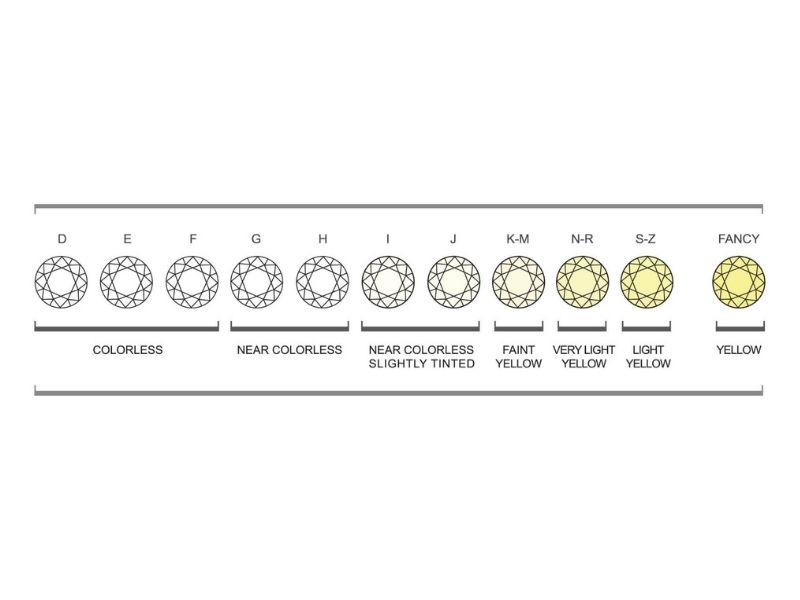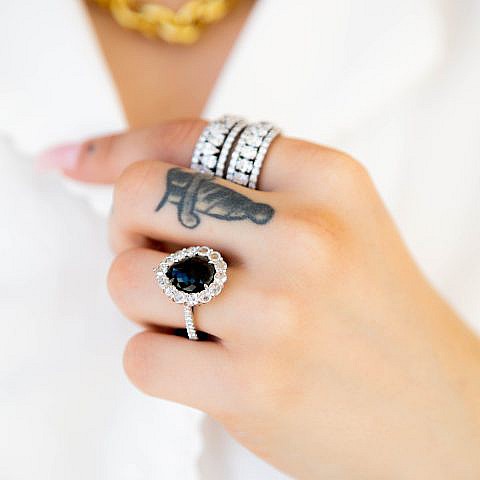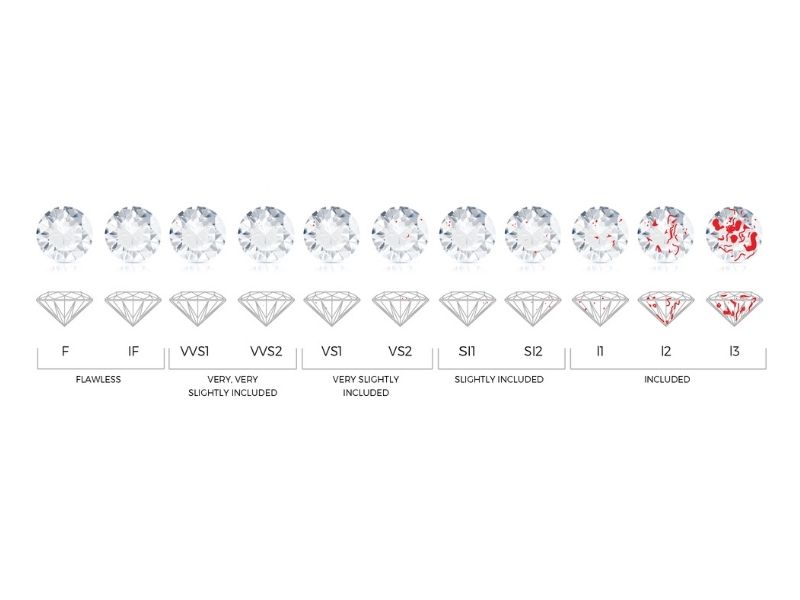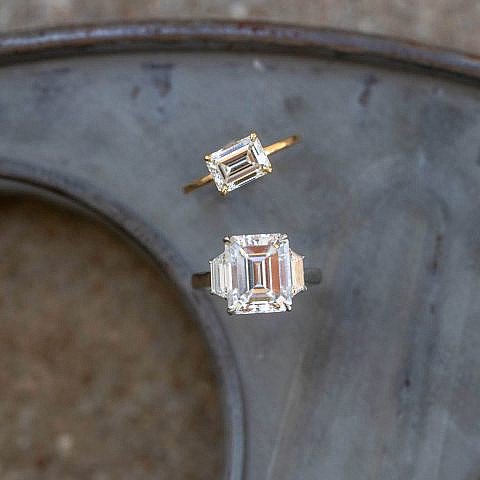The 4Cs: Diamond Cut
Cut is one of the 4C’s and is sometimes thought of as a diamond’s shape, however, cut actually refers to a diamond’s proportions and finish. These factors affect a diamond’s light performance, and a diamond’s light performance determines its beauty and overall appeal.
Well-cut diamonds with ideal proportions, symmetry, and polish will have increased brightness, fire, and scintillation. Brightness is the combination of all white light reflecting from the surface and interior of a diamond. Fire describes the flares of color a diamond emits. Scintillation is the flashes of light you see when the diamond, the light, or the observer moves.
At Marcilla Bailey we select only diamonds with optimal cut for maximum sparkle. Ready to find the perfect diamond? Contact us to get started today!
